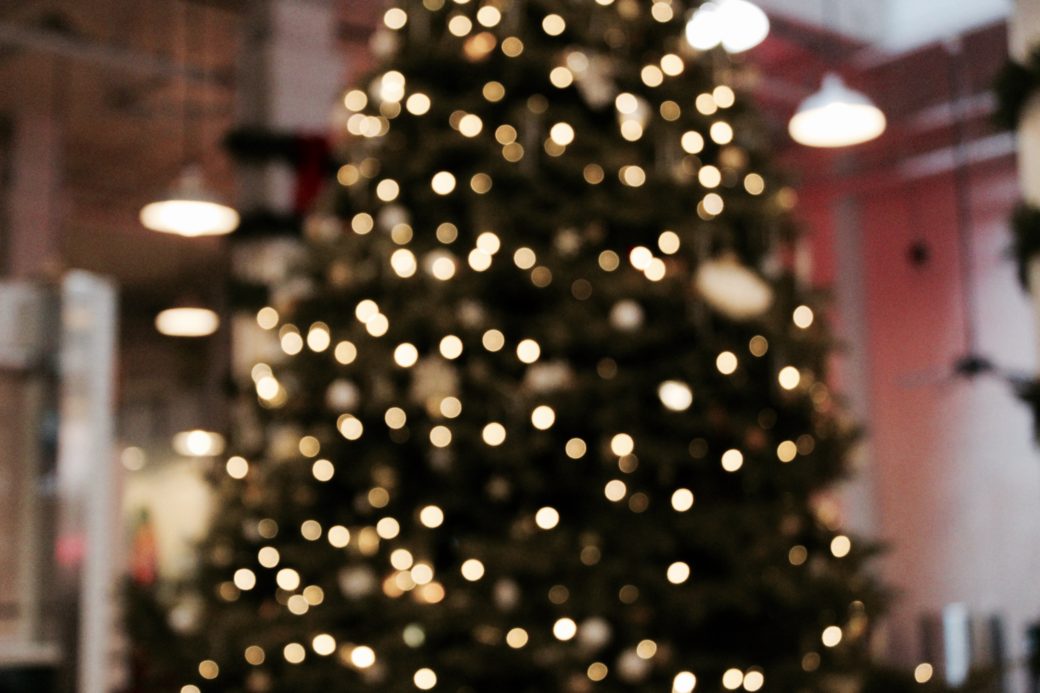With palm trees rhythmically swaying, ocean tides ritually retreating and sun rays brightly radiating, the southern California winter season commenced. Having now lived in a city far north that perpetuates the popularized archetype of the holidays, this last Christmas I took even greater joy coming home to a county where rain coats and extensive outerwear are obsolete and a place that permits the uninhibited apparel of crop tops and shorts. I found it humorous that when the air chilled for a moment, temperature dropping a few degrees below the average, I peered up to a sudden vast exhibition of winter ware and beanies. Orange County knows how to satisfy winter urges in an environment ill-equipped, especially when the yuletide season approaches and sun bathers anticipate another snowless Christmas of sandy car floors and hang-dried swimsuits.
My own family has modified our approach to the winter season over the last years, but it wasn’t until this year that certain questions emerged. I was asked frequently why I was celebrating a holiday whose religious background was not my own. I never considered christmas trees, light-rimmed roofs or wrapped gifts to be something only individuals of Christian faith could do. I have always separated the culture of Christmas from the identified religious upbringings, acknowledging that for avid followers of Christianity, Christmas is something far more than the seasonal excitement that many experience. But that said, I was baffled by the lack of cultural awareness in this question.
Though America is a country notable for its diverse immigrant foundations that include the appreciation and observance of countries far and wide, it is also a country highly bounded to assimilatory practices. While the holiday break for schools are during times of Christian celebrations, notable dates of significance that other individuals recognize are left at chance.
My parents always note their childhood in India during the new year, Diwali. The streets would flood of people and lights electrified desolate, vacant grounds. There would be traditional hymns sung throughout and divas with cotton wicks, freshly dipped with ghee placed amidst crisp rose petals. Children would not be in school, celebrating the auspicious holiday with their families and friends. Upon hearing this, I was saddened that Diwali could take place on any calendar date in America and that for my parents, Christmas festivities was more prominent than the event they had once anticipated.
In college I have found my multicultural friends in similar positions of inhibiting routine ordeals that prevent them from fully engaging in an event specific to their cultural or religious affiliation. For the Jewish community, Hanukkah this last year took the form of menorahs that could not be lit, in accordance to dorm-wide safety restrictions during the week of finals. The Eastern Orthodox Christmas was on an ordinary Monday, problematic for many working families, which made it hard to participate in.
While I understand that the designated and ritual breaks in this country are generous in that they try to appropriately allot time away from everyday life, they truly do not permit or encourage people of other backgrounds to fully engage with their culture. I celebrate Christmas with my family simply because Americans celebrate Christmas with their families. Like the beautiful chaos of Diwali in India, American roads become overwhelmed with impatient excitement, dismal houses gleam of ornate color, and holiday songs begin with glee. It has become a time that I know to be of laughter and preserved antiquity, afforded by the knowledge that others around me are taking part in similar activities.
My family’s affection for Christmas is no way indicative of a lack of cultural duty or an abandonment of the roots that have grounded the principles of our heritage. Christmas has just grown to become associated with the communal interconnectedness that my parents feel toward past memories in their own Indian neighborhoods. My one hope is that others can perceive the difficulty of balancing a multicultural identity that does not align with typified societal occasions, and come to value the embracement of a variety of traditions in America.
